Sílvia Tena
Art collections and, in general, any kind of heritage require great care and protection to ensure their safety with respect to losses or external damage. Works of art experience periods of extreme vulnerability (movement, transfer, intervention, restoration work, temporary exhibitions and so on). One of the aims of good collection management is to create a secure environment for objects through the implementation of a series of measures, which require the experience of many museum professionals (conservators-restorers, curators, registrars, specialists in security, in preventive conservations, among others). These measures can be divided into two main thematic groups: collection management proper and risk management, which can be seen as part of the former.
On one hand, collection management deals with administrative and legal responsibilities associated with collections, the most central and strategic of which revolves round the creation and maintenance of a scrupulous inventory, as well as exhaustive documentation that places each and every one of the objects looked after by the institution historically, legally, artistically and physically. The professionals most closely associated with collection management are collection managers, registrars and researchers. More details in the first part of this article, The registrar in collection management: an emerging profession /1.
But, on the other hand, a good collection management policy must above all envisage good risk management, in the sense that the latter is closely related to care of the collections from the point of view of their physical preservation, and different museum departments collaborate in this.
Risk management
Care of the collections can be defined as the different preventive care steps taken to prevent damage or to delay the natural deterioration of objects. These practices are focused very especially on the prevention of risk and are addressed to achieving “zero risk”, by minimizing the potential damage caused by external sources.
The ICOM Committee for Conservation defines ten risks:
- physical forces (like earthquakes, bad handling, …)
- fire
- water
- acts of vandalism
- pests
- pollutants
- excessive exposure to light and radiation
- the wrong temperature (or brusque changes of it)
- the wrong relative humidity (or brusque changes of it)
- negligent care
- dissociation
Good collection maintenance involves seeking advice from different specialists that carefully ensures the objects’ preventive conservation needs, and this ranges from asking conservators-restorers for technical reports on the suitability of supports and materials, to adequate methods of storage, packaging, framing, cleaning and the correct handling of objects, as well as the prevention and integral management of pests and deterioration in frames, works of art and their supports.
Loans and temporary deposits
Museums and institutions that look after collections often temporarily transfer objects as part of a loan or through temporary care agreements. This practice, which undoubtedly contributes to the dissemination and internationalization of collections and works, is nowadays clearly and gradually on the increase. Nevertheless, it constitutes a potential risk for collections that are loaned out.
Risk management is a multidisciplinary management policy whose mission is focused on detecting, controlling, minimizing and managing the different risks run by art objects. It is essential to learn about the characteristics of the objects, the technique with which they are made, the year, the workshop or the artist who made them. One also has to know the route taken to transport it, the entrances or the design of the most suitable packaging for each object.
A carefully thought out and considered loans policy is therefore vitally important, aimed at minimizing risk, weighing up the reasons for requesting, approving or refusing a loan, observing officially approved international regulations. As a general rule, museums have interdisciplinary loan committees which discuss different requirements prior to approving or refusing the loaning of objects, which establish the fees associated with the loan, where appropriate, and set the conditions – loan specifications or loan agreement – that the borrower is obliged to comply with.
Aside from the scientific interest of the project for which the loaning of works is requested, the collection manager must on one hand gather information about the borrower to help him/her consider any possible risks to the object before it leaves the museum and on the other, a series of technical information that the registrar requests from different museum professionals, like:
- the preventive conservation specialist is asked for a technical assessment report of a document called the facilities report, which will previously have been requested from the person asking for the loan.
- another technical assessment report is requested from the person in charge of security to assess the aspects of the premises’ security.
- a conservator-restorer draws up a detailed report on the object’s current condition (condition report). This report is essential when making a decision about the feasibility of a loan, and the factors included in this kind of report must be taken into account above any and all others.
With all this information gathered, the collection registrar produces general loan conditions whose purpose is to foresee any possible risks for the work. Thus, the general terms and conditions of the loan regulate and stipulate conditions to be complied with such as the length of the loan period, conservation and care obligations, instructions for the handling, packaging and transportation of the object, whether or not a police escort and a courier are obligatory (where appropriate), a line of credit for the catalogue, conditions for insuring the work, the notification of incidents. These documents also regulate a series of rights that the loaning museum reserves such as the right to inspection and retrieval. In short, each object in the collection receives personalized attention, in accordance with its specific nature.
Storage and atmospheric conditions
When objects are looked after in museums, whether in the storeroom or in the galleries, the collection manager’s chief concern must be the continual safety of the objects. For this, the collection registrar and, very especially, the conservator-restorer must take into account the suitability of storage spaces, the containers for the works, and the necessary atmospheric conditions to avoid damage to them. The registrar asks conservators-restorers for advice when drafting technical specifications and contracts that involve the supply of materials. Among other things these include:
- Advice on the suitability of supports, vitrines, frames and rigid packaging adapted to the works. This includes bearing in mind the interior filling and the support of the objects to avoid damage caused by bumps and scratches.
- The vitrines must be stable and watertight.
- Technical advice about the adhesives to be used, papers, passe-partouts and foams; they must be materials that do not cause any chemical reactions, abrasions or marks due to contact with the work.
Apart from the materials wrapping the object, strict control of the atmospheric conditions is important, given that excessive humidity or brusque changes in relative humidity and temperature can cause problems such as corrosion, the proliferation of fungi colonies, cracks, warping or fragility. In the Museu Nacional this task is overseen by Preventive Conservation, and the registrar notes down the parameters advised by the conservator-restorer if the object is travelling on loan or its place is being changed.
Thus, good collection management will necessarily include the joint work of several museum professionals and requires the strict observance of rigorous controls of the parameters of temperature, relative humidity (RH), the effects of certain light spectra (UV), and the control of certain pollutants, a feasibility and suitability study of packaging, frames, vitrines, and so on. All this information is gathered by the collections registrar, and he/she will turn it into different specifications, loan agreements and other documents related to the object.
Packaging and transportation
In risk management, it is necessary to implement high standards of handling, packaging and transportation. Objects must be handled as little as possible. It is extremely necessary to ensure that museum staff in direct contact with the objects are well aware of good practices for handling objects, such as hand washing protocols, the appropriate use of cotton or rubber gloves, knowing how to identify structural weaknesses that may require special care, and the proper ways to transport objects inside institutions (platforms, trolleys, dollies, lifts, trays, conservation cases, etc.).
To ensure safe transportation outside the museum, the correct handling standards of objects must be combined with strict individual packaging requirements for each object. Ideally, the object must be packaged in a rigid container (case) made of fireproof materials, to ensure watertightness and protect it from bumps, vibrations, sudden temperature changes and bad handling. The registrar requests a technical report from the department of conservation-restoration on the suitability of the packaging materials and the handling.
On the other hand, the registrar will have to weigh up other aspects to minimise risk such as the means of dispatch (land, air or sea transport or a combination), the difference in climatic conditions that the object will presumably encounter when it arrives in the new destination, the most direct routes or the need for police escorts if the work so requires it.
Integrated pest management
Good collections handling addressed to risk management must include a section on pest control that in the case of the Museu Nacional is implemented by the Infrastructures Department according to technical requirements drawn up by conservators-restorers.
Each intervention and control of pests must be painstakingly researched, describing the effects of the pest, the parts of the collection affected and the treatment applied for its extermination. All this information has to be included in the files of the collections.
Emergency plans
Apart from collection management, most institutions also have an emergency plan that regulates which procedures must be followed to avoid not just injury or loss of life for visitors and staff in the event of a catastrophe, but also to minimize damage or losses in the collection.
The plan, in which the Departments of Maintenance, Security, Collections and Conservation-Restoration are heavily involved, must also include protocols on how to manage an emergency evacuation of people and objects at risk.
Emergency plans must also include systems of assessment, rescue priorities, as well as post-damage inventories, including damage recovery procedures.
Recommended links:
SPECTRUM. The UK Museum Collections Management Standard. Risk Management procedure
Registre d’obres d’art i Gestió de Col·leccions

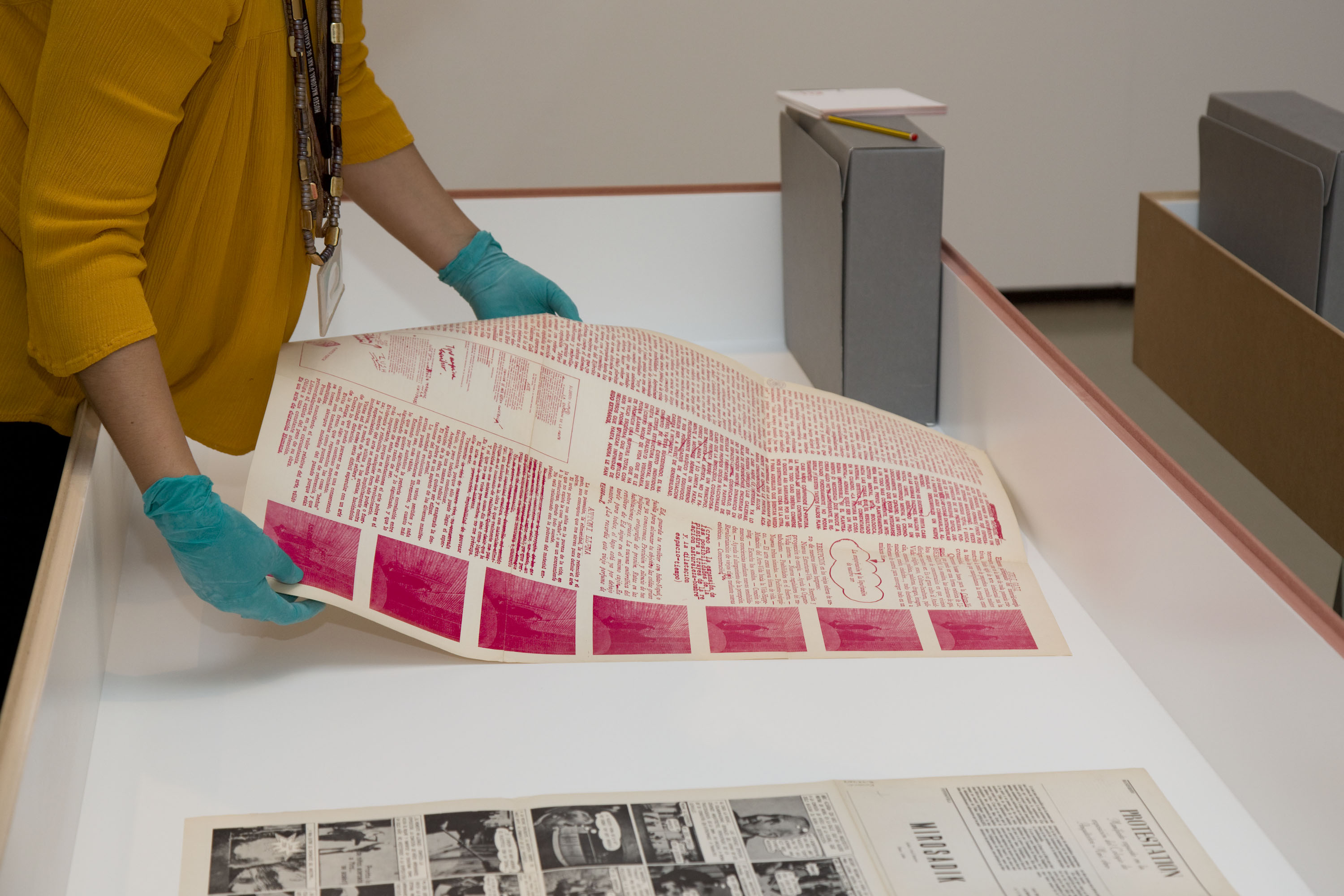
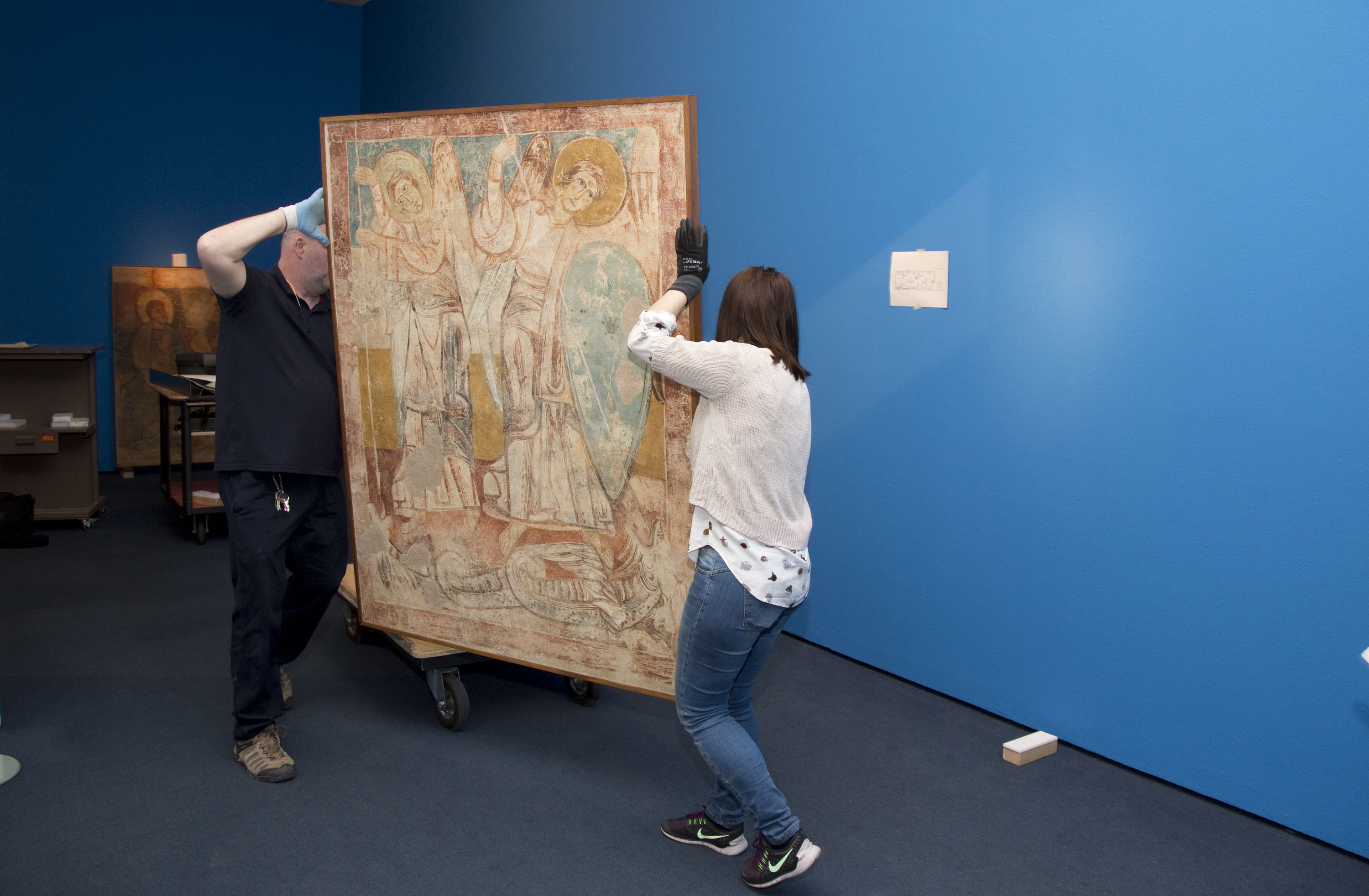
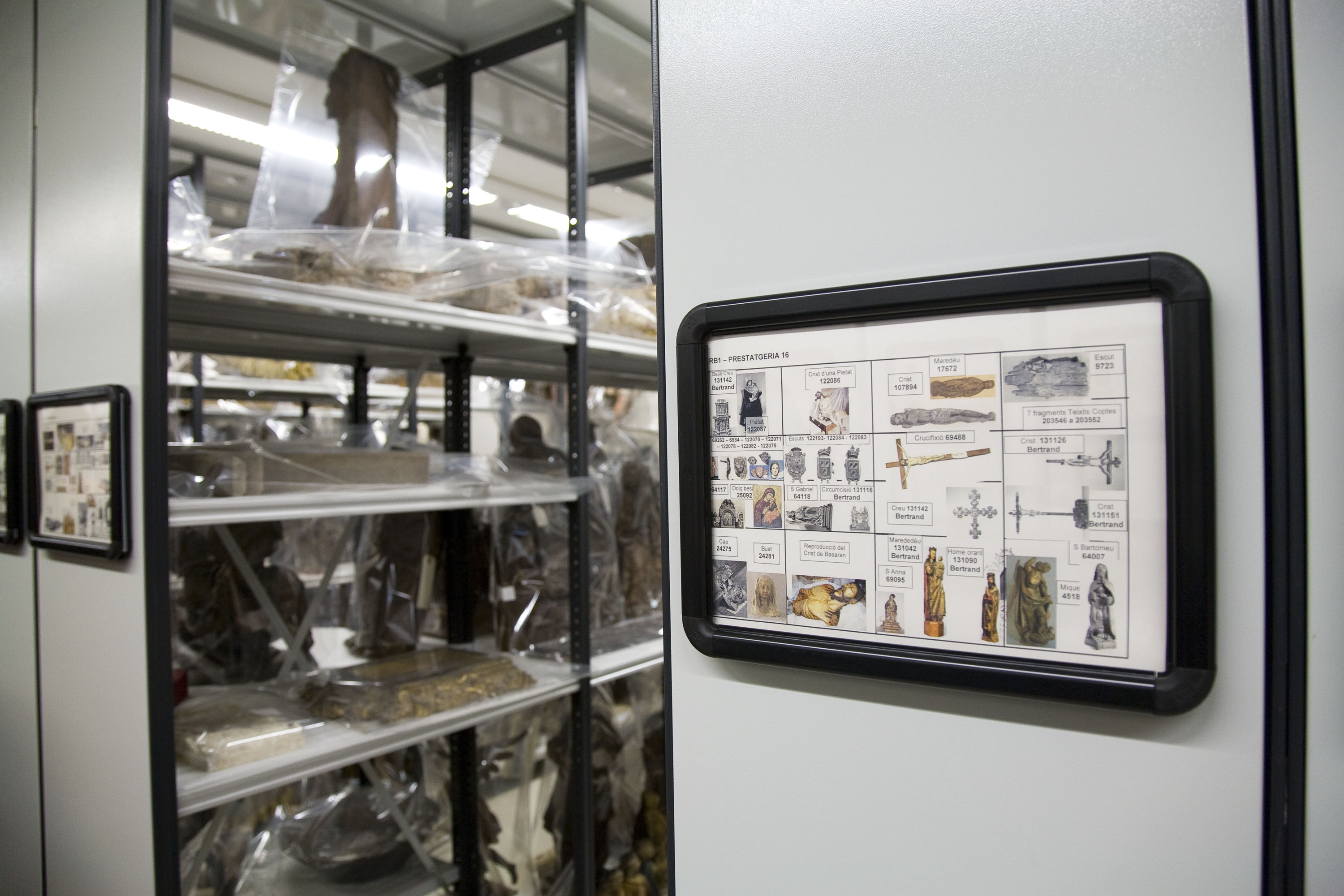
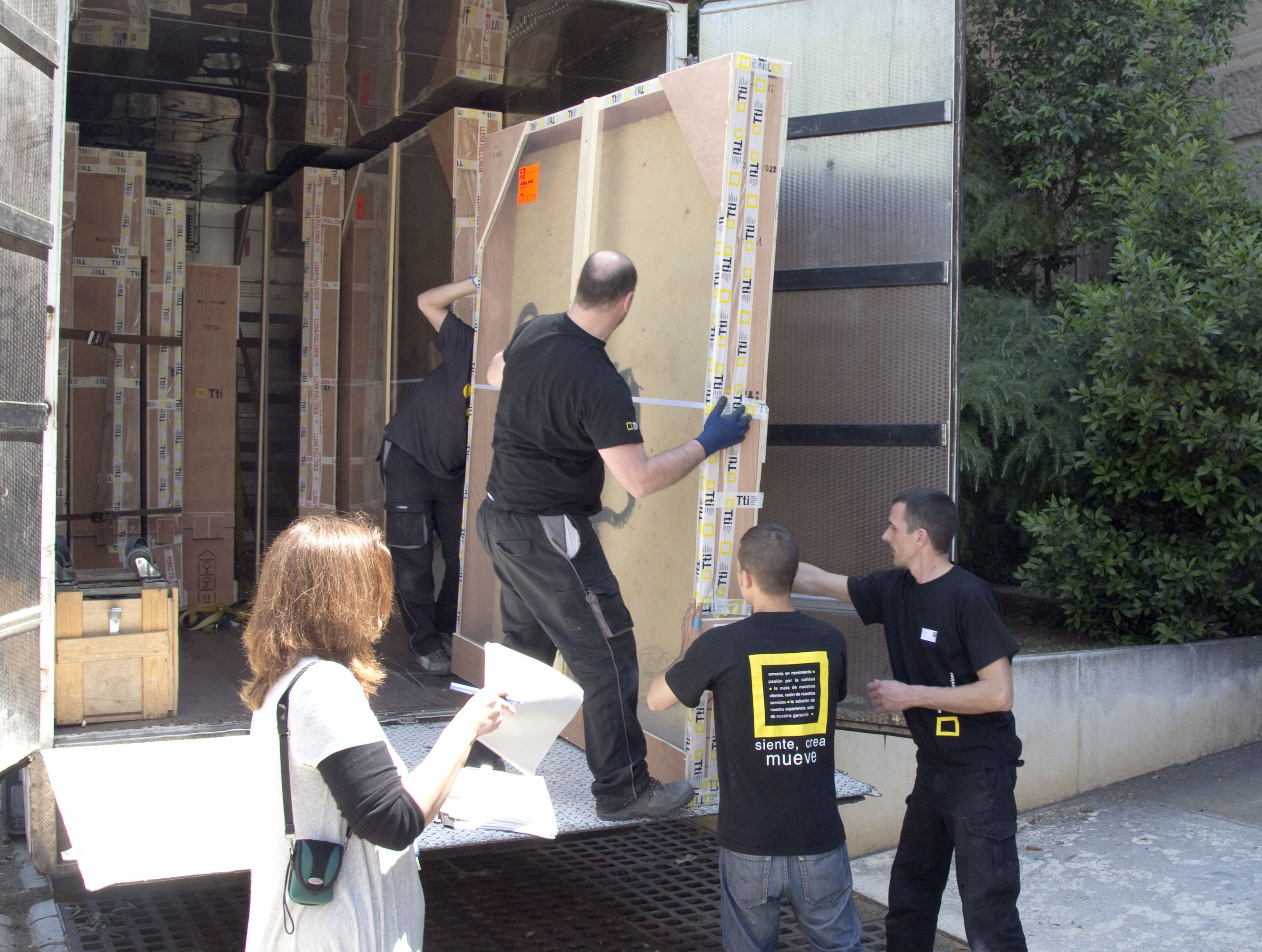
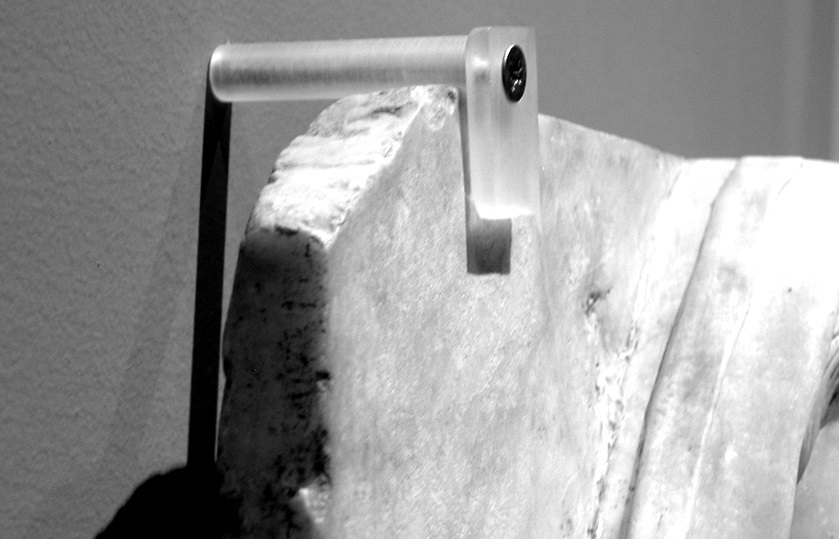









6 Comments
Amazing article I would like to take permission to translate to Arabic language .
No problem as long as you cite our source. Please, tell us where it will be published. Thank you very much for spread the world
thanks for the information and posts
thanks for the information
thanks to museum workers for following this guide and we ordinary visitors can admire the works of art
Each work must be handled by specialists. And working with works of art requires no less knowledge and skills. Dealing with historical artifacts is a huge responsibility.